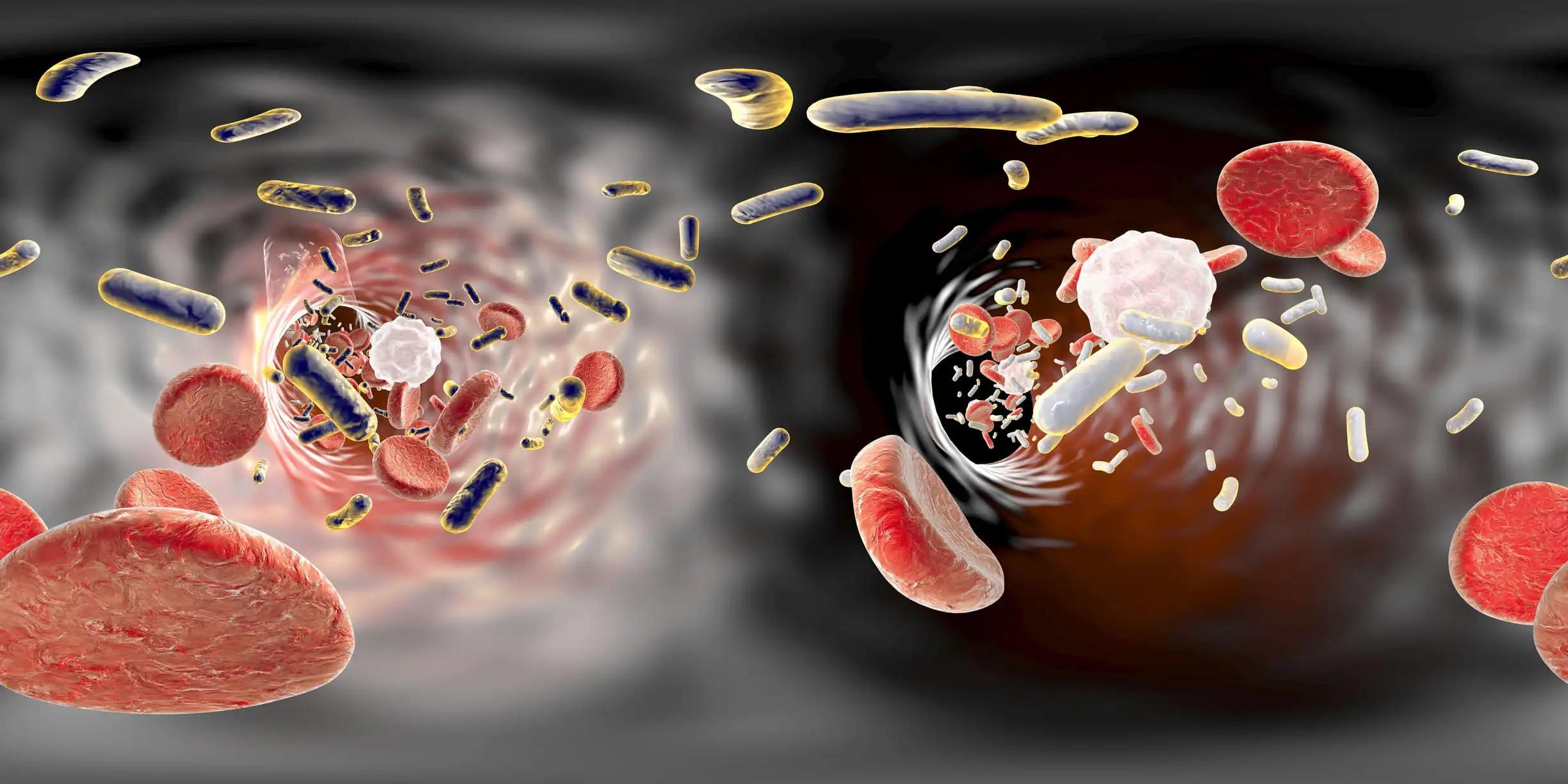KEY TAKEAWAYS
- The phase Ib/II to evaluate the safety and efficacy of IMM01 plus tislelizumab in advanced solid tumors and lymphoma pts.
- The drug was administered once a week at different doses, and tislelizumab was administered once every 3 weeks at a constant dose.
- The study found that the combined dose was well-tolerated and showed preliminary anti-tumor activity in advanced solid tumors.
IMM01, a SIRPα-Fc fusion protein, can activate macrophages to enhance anti-tumor activity. Researchers aimed to evaluate the safety and efficacy of IMM01 plus tislelizumab in patients(pts) with advanced solid tumors and lymphoma.
The study comprised phase 1b dose escalation and phase 2 dose expansion segments. The dose escalation phase employed a standard 3+3 design to assess safety, determine the maximum Tolerated Dose/Recommended Phase 2 Dose (MTD/RP2D), and evaluate anti-tumor activity in advanced solid tumor pts. They received weekly doses of IMM01 (1.0, 1.5, 2.0 mg/kg) and tislelizumab (200mg) administered every 3 weeks. This report presented the findings from the dose escalation phase.
In the dose escalation phase, 14 pts were enrolled, consisting of 5 NSCLC, 2 SCLC, 2 ESCC, 2 CRC, 1 HCC, 1 melanoma, and 1 cervical carcinoma. The median age was 61 years (range: 49-70), and pts had undergone a median of 4 prior therapies (range: 1-10). About 13 pts (92.9%) had received previous anti-PD-1/L1 treatment. All pts (100.0%) have experienced treatment-related adverse events (TRAEs), with most TRAEs being grade 1-2. The most common TRAEs (≥10%) of all grades included anemia (85.7%), decreased platelet count (28.6%), asthenia (28.6%), decreased white blood cell count (21.4%), decreased lymphocyte count (21.4%), infusion-related reactions (21.4%), proteinuria (21.4%), increased gamma-glutamyltransferase (14.3%), increased white blood cell count (14.3%), increased blood creatine phosphokinase MB (14.3%), decreased neutrophil count (14.3%), increased neutrophil count (14.3%), hypoalbuminemia (14.3%), and hyponatremia (14.3%).
Regarding Grade 3-4 TRAEs, lymphocyte count decreased in 21.4% of pts. In contrast, white blood cell count decreased, platelet count decreased, blood creatine phosphokinase MB increased, blood pressure increased, and anemia occurred in 7.1% of pts. No dose-limiting toxicities (DLTs) were observed, and no TRAEs led to treatment discontinuation. Among the pts, 2 (14.3%) experienced treatment-related serious adverse events (SAEs), specifically platelet count decrease; however, they recovered without requiring platelet transfusions, and no bleeding occurred.
In the group of 14 pts, 1 patient achieved a confirmed partial response (PR), and three pts had stable disease (SD), 1 heavily pretreated NSCLC patient in the 2.0 mg/kg dose cohort achieved a confirmed PR at Week 12 even though they had previously shown resistance to anti-PD-1 treatment. About 1 NSCLC patient in the 1.5 mg/kg dose cohort and 2 pts (1 SCLC, 1 CRC) in the 2.0 mg/kg dose cohort exhibited SD. These 4 pts are currently continuing with their treatments.
The study found that the combined dose was well-tolerated and showed preliminary anti-tumor activity in advanced solid tumors.
Source: https://ascopubs.org/doi/abs/10.1200/JCO.2023.41.16_suppl.2600
Clinical Trial: https://clinicaltrials.gov/study/NCT05833984
Zhengbo Song, Xu Tong, Yan Zhang, Hui Zhu, Yanqiu Zhao, Xiaoqing Yu, Xinghao Ai, Zhenzhen Zong, Xiwen Zhao, Siman Gao, Qiying Lu, Wenzhi Tian, and Shun Lu. DOI: 10.1200/JCO.2023.41.16_suppl.2600 Journal of Clinical Oncology 41, no. 16_suppl (June 01, 2023) 2600-2600.



